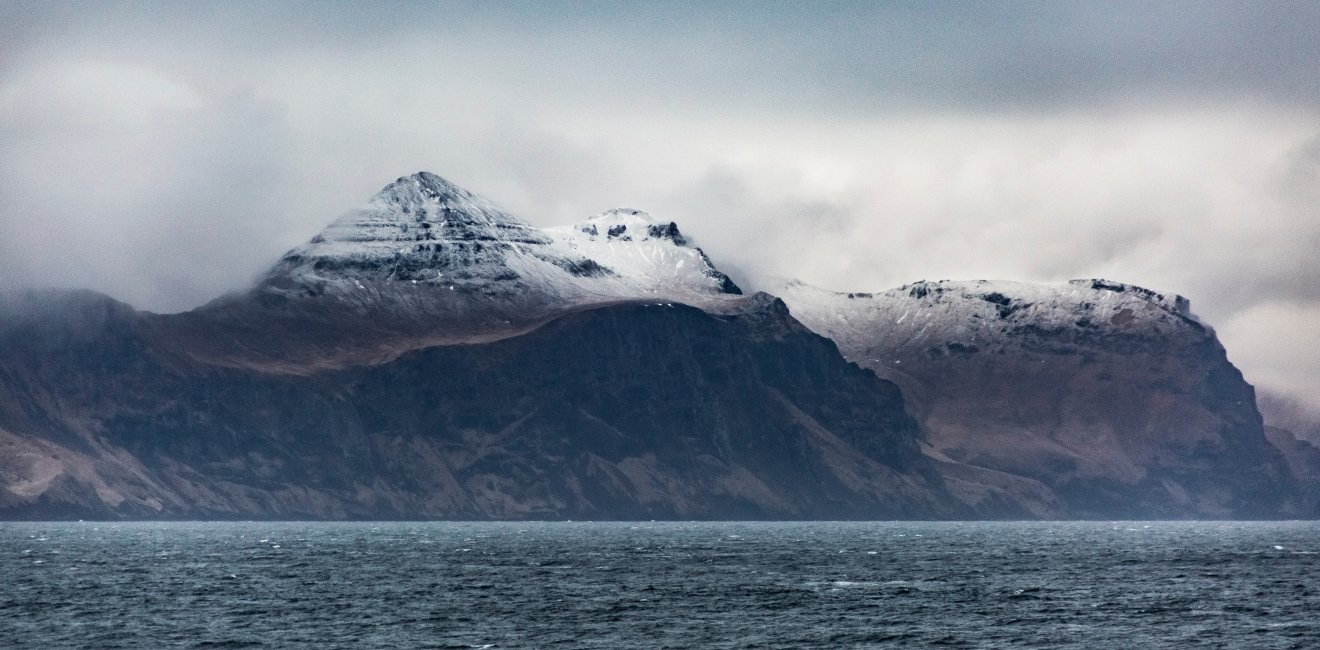
A blog of the Kennan Institute
BY MICHAEL KRAEMER
On October 18, 1867, the flag of the Russian empire was lowered in the Russian-American colonial capital of Novo-Arkhangel’sk—modern-day Sitka, Alaska—and the flag of the United States was raised. The formal transfer of the territory of Alaska from Russia to the United States was declared complete. An observer stated that after a salvo of celebratory cannon fire by both the Russian and American batteries, “we stood upon the soil of the United States.”
Today Alaskans will commemorate the transfer during the Alaska Day celebrations, a holiday not well known outside of the state. To many in Sitka, the holiday serves as a moment to celebrate Russian heritage and history. A local Russian-themed troupe, the New Archangel Dancers, regularly perform every year on Alaska Day. Alaska Day also has been seen as a possible opportunity for U.S.-Russia cooperation, a reminder of an age when Russia and the United States were friendly toward each other and were possible allies against the British. In fact, it was the Crimean War against Great Britain in the 1850s that spurred Russia’s tsarist government to sell Alaska to the United States, as it realized that it would never be able to protect its Alaskan colonial outposts from the British navy in the Pacific. After the U.S. Civil War, the tsarist government sought to unload the colonies in Alaska for whatever it could get from the Americans, preferring U.S. rule in the region over that of British. The traditional narrative of Alaska Day often ends here, with a peaceful transition of power from Russian to U.S. rule. Yet the narratives that have emerged from Alaska Day, and the celebrations of it, have obscured the real history of Russian and U.S. colonization in the region and erased the presence of Alaska Natives from this history.
Parts of what is now Alaska, including the lands of the Sugpiat and the Unangax, were conquered by traders of the Russian-American Company (RAC) on behalf of the tsarist empire in the late 18th century. When armed Russian traders took over the Aleutian Islands and Kodiak Island, they did so brutally, killing hundreds of native people and enslaving hundreds more to hunt sea otter for furs to sell to China. Although imperial explorers conquered some parts of Alaska, they never fully controlled most of it. Russian rule in Lingít Aaní—the land of the Tlingit, which encompasses most of contemporary southeast Alaska—was always circumspect and challenged by the Tlingit people. After a war with the Tlingit between 1802 and 1804, the Russians based themselves out of the settlement called Novo-Arkhangel’sk on the traditional lands of the Kiks.ádi clan. They did not control much territory in Lingít Aaní outside of this settlement. Even in and around Novo-Arkhangel’sk, the Sheet’ká Ḵwáan (the Tlingit of Sitka) had significant influence over the Russians and their allies. They prevented the Russians from hunting sea otter in Tlingit waters and also charged high prices for the foodstuffs, construction materials, and wood they traded with the hunters. The Sheet’ká Ḵwáan also impacted Russian policy, as they drained the RAC of funds by fleecing its employees in highly unequal trade deals while diverting their supplies of valuable furs to American buyers. This trade imbalance forced the Russian governor, Matvei Muravev, to raise payments for Sheet’ká Ḵwáan furs.
The Russian traders had substantial impacts on the Sheet’ká Ḵwáan as well. They settled on traditional Kiks.ádi clan lands, like Ḵaasdahéen (a river located directly east of the town), and brought diseases to the region. Nevertheless, the RAC and their employees often acknowledged Tlingit ownership of the lands. For instance, they paid the Kiks.ádi clan annually for regular use of a nearby hot springs. They also relied on Tlingit labor for newly emerging industries in the 1850s, like the ice trade. Tlingit labor was vital for the Americans as well, as the Sheet’ká Ḵwáan continued to provide foodstuffs to the new colonizers and in the 1890s worked for the salmon canneries that sprang up in the region.
Unfortunately, Alaska Day celebrations often erase this problematic history, and focus only on the formal unlawful “transfer” of land from the Russian empire to the United States. The holiday seeks to create affinities between contemporary Americans and Russians while erasing the existence of Alaska Natives who live throughout the state. The Sitka Tlingit increasingly have challenged this narrative, protesting the holiday and the ways in which its celebrations ignore the historical and ongoing impacts of colonization. They also have resisted recent state and federal government encroachments on their resources and land. For example, the Sikta Tribe and the state of Alaska have been locked in substantial litigation on the overfishing of herring, over claims that the state is impinging upon the Tribe’s subsistence rights to herring roe. At the federal level, the Biden administration has attempted to reinstitute the roadless rule in the Tongass National Forest, the largest temperate rainforest in the United States, after the Trump administration removed the rule to allow for more logging activity. This forest land is almost entirely Lingít Aaní. Similar territorial encroachments have been made upon Indigenous peoples in Russia. In Kamchatka, the Itelmen and Koryaks have had their subsistence rights to salmon threatened by government policies banning certain types of subsistence fishing and by commercial fishing companies.
An honest and forthright Alaska Day would acknowledge the shared history of the United States and Russia in colonizing the North Pacific and would center Indigenous voices and peoples in this history. Such a reckoning might also force both nations to listen to Indigenous concerns and right the historical wrongs of land and resource theft. A historical moment of this type would indeed be worth celebrating.
The opinions expressed in this article are those solely of the authors and do not reflect the views of the Kennan Institute.
Author

PhD Candidate, The Ohio State University

Kennan Institute
After more than 50 years as a vital part of the Wilson Center legacy, the Kennan Institute has become an independent think tank. You can find the current website for the Kennan Institute at kennaninstitute.org. Please look for future announcements about partnership activities between the Wilson Center and the Kennan Institute at Wilson Center Press Room. The Kennan Institute is the premier US center for advanced research on Eurasia and the oldest and largest regional program at the Woodrow Wilson International Center for Scholars. The Kennan Institute is committed to improving American understanding of Russia, Ukraine, Central Asia, the South Caucasus, and the surrounding region through research and exchange. Read more

Explore More in The Russia File
Browse The Russia File
Chechnya as a Model of Modern Russia

Russia’s Indigenous Communities and the War in Ukraine

Gas and Power in a Changing US–Russia Relationship

